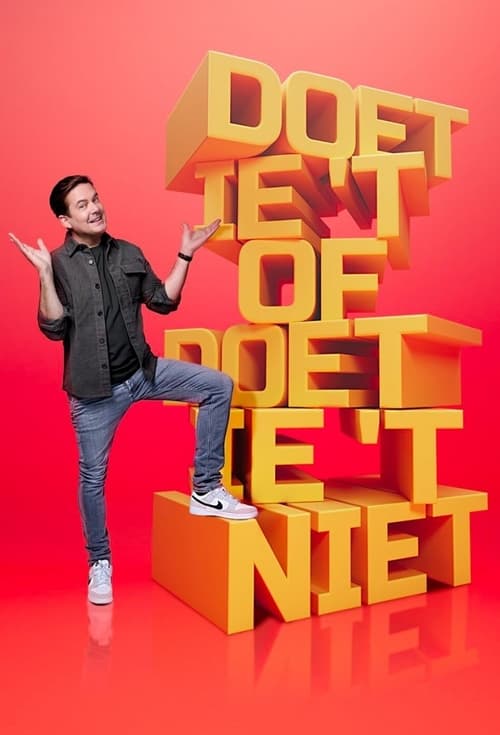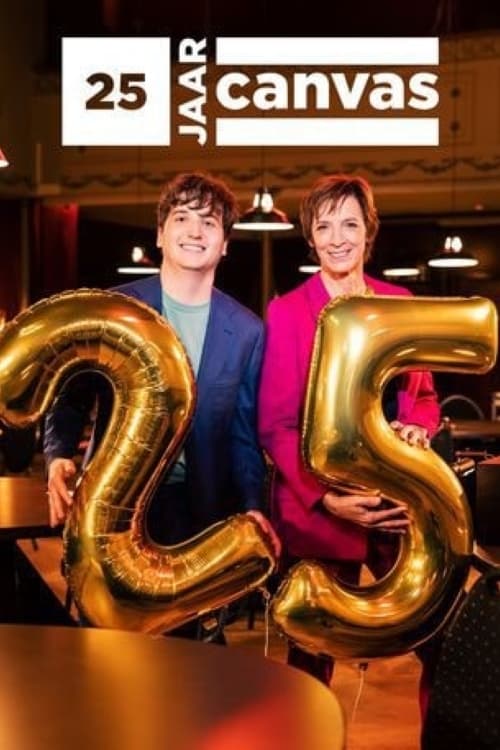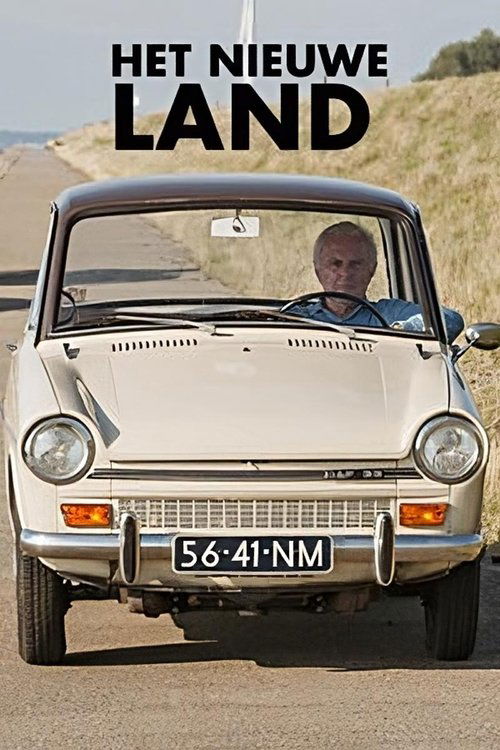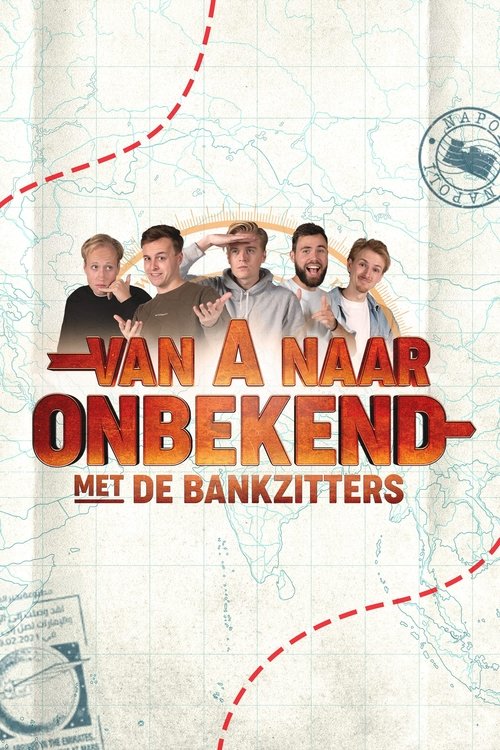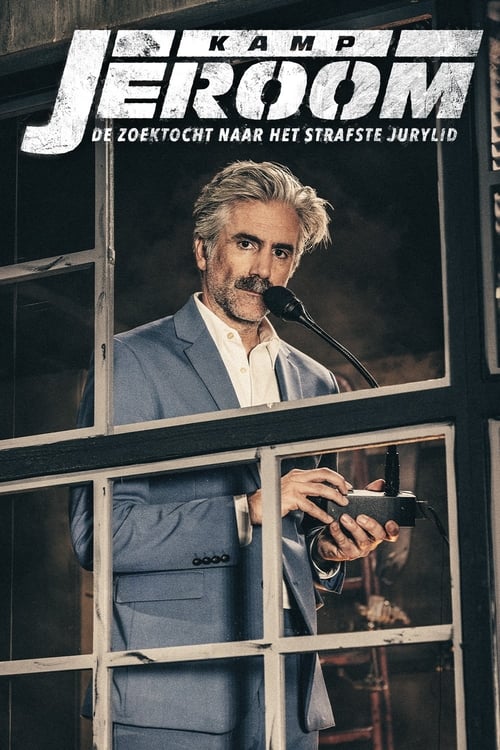
Ask Your Own Question
What is the plot?
In the opening scene of "Ik Ga Stuk!", we are introduced to the protagonist, a young woman named Lotte, who is struggling with her mental health. She is seen sitting alone in her room, surrounded by sketches and art supplies, reflecting her passion for drawing but also her feelings of isolation. Lotte's internal monologue reveals her deep-seated fears and anxieties about her future and her relationships. The atmosphere is heavy with a sense of despair as she contemplates her life choices.
As the story progresses, Lotte's best friend, Sam, reaches out to her, encouraging her to join a local art group. Sam's enthusiasm contrasts sharply with Lotte's reluctance. After some internal conflict, Lotte decides to attend the first meeting, hoping to find a sense of belonging. The art group is filled with diverse characters, each with their own struggles, and Lotte feels both intimidated and intrigued. The group leader, a charismatic artist named Max, encourages everyone to express their emotions through their art, which resonates with Lotte.
During the second meeting, Lotte begins to open up about her feelings through her drawings. She creates a piece that symbolizes her inner turmoil, depicting a stormy sea. The group responds positively, and Lotte feels a flicker of hope. However, her progress is interrupted when she receives a call from her estranged mother, who wants to reconnect. This news sends Lotte into a spiral of anxiety, as she grapples with unresolved issues from her past.
In a pivotal scene, Lotte confronts her mother at a café. The meeting is tense, filled with awkward silences and emotional outbursts. Lotte expresses her hurt and anger over her mother's absence during her childhood. Her mother, in turn, reveals her own struggles, attempting to justify her actions. The confrontation leaves Lotte feeling more conflicted than ever, torn between wanting to forgive and the pain of betrayal.
Back at the art group, Lotte channels her emotions into her artwork, creating a powerful piece that reflects her journey of healing. The group members share their own stories, creating a bond that deepens Lotte's connection to them. However, as she begins to feel more accepted, she also faces setbacks, including a confrontation with a fellow member, who feels threatened by Lotte's talent. This rivalry fuels Lotte's insecurities, leading her to question her place in the group.
As the climax approaches, Lotte's mental health deteriorates. She experiences a panic attack during a group exhibition, feeling overwhelmed by the pressure to perform and the fear of judgment. Max steps in to support her, reminding her that vulnerability is a strength. This moment of compassion helps Lotte regain her composure, and she decides to share her story with the group, revealing her struggles with anxiety and depression.
In the final act, Lotte organizes a community art project aimed at raising awareness about mental health. The project brings together various individuals from the community, showcasing their stories through art. This initiative not only helps Lotte find her voice but also fosters a sense of unity among the participants. The event is a success, and Lotte feels a profound sense of accomplishment and connection.
The series concludes with Lotte reflecting on her journey. She stands in front of her completed mural, a vibrant representation of hope and resilience. The final scene captures her smiling, surrounded by her friends and the community, symbolizing her growth and newfound strength. Lotte's journey from isolation to connection serves as a powerful testament to the importance of community and self-expression in overcoming personal struggles.
More TV Shows Like This
Browse All TV Shows →What is the ending?
In the ending of "Ik Ga Stuk!", the main character, Joris, confronts his inner demons and the consequences of his actions throughout the series. He faces a pivotal moment that leads to a cathartic resolution, ultimately finding a way to reconcile with his past and the people he has hurt. The series concludes with a sense of hope and the possibility of redemption.
As the final episode unfolds, we find Joris standing alone in his dimly lit apartment, the weight of his choices pressing heavily on his shoulders. The camera captures the clutter around him, remnants of a life once vibrant but now overshadowed by regret. He gazes out the window, lost in thought, as the sounds of the city buzz around him, a stark contrast to his internal turmoil.
Scene break: Flashbacks begin to intersperse with the present, showing Joris's journey throughout the series. We see moments of joy, laughter, and connection with friends and family, juxtaposed with scenes of conflict, betrayal, and isolation. Each flashback serves to highlight the relationships he has strained, particularly with his best friend, Sam, and his estranged father.
Scene break: Back in the present, Joris receives a phone call from Sam, who has been trying to reach out to him throughout the series. The tension is palpable as Joris hesitates, his hand trembling over the phone. He finally answers, and their conversation is fraught with unspoken words and unresolved feelings. Sam expresses his concern for Joris, urging him to seek help and confront his issues. Joris's voice cracks as he admits his fears and regrets, revealing the depth of his emotional struggle.
Scene break: The scene shifts to a local café where Joris and Sam agree to meet. The atmosphere is tense yet hopeful. As they sit across from each other, the weight of their shared history hangs in the air. Joris apologizes for his past behavior, acknowledging the pain he has caused. Sam listens intently, his expression a mix of empathy and frustration. The conversation gradually shifts from blame to understanding, as they both begin to share their vulnerabilities.
Scene break: In a pivotal moment, Joris breaks down, tears streaming down his face as he confesses his feelings of inadequacy and fear of failure. Sam reaches across the table, placing a reassuring hand on Joris's. This gesture signifies a turning point in their friendship, as they both realize the importance of support and forgiveness.
Scene break: The final scenes depict Joris taking proactive steps towards healing. He attends a support group, where he shares his story with others facing similar struggles. The camera captures the raw emotions in the room, as individuals connect over their shared experiences. Joris's journey towards self-acceptance is portrayed through his interactions with the group, showcasing his growth and determination to change.
Scene break: The series concludes with Joris standing on a rooftop, overlooking the city as the sun sets. The warm hues of the sunset symbolize hope and new beginnings. He takes a deep breath, a sense of peace washing over him as he reflects on his journey. The final shot lingers on his face, a mixture of relief and resolve, as he whispers a promise to himself to keep moving forward.
In the end, Joris's fate is one of redemption and the possibility of rebuilding his relationships. Sam, having witnessed Joris's transformation, stands by him as a supportive friend, ready to help him navigate the challenges ahead. The series closes on a note of optimism, emphasizing the importance of connection, understanding, and the courage to confront one's demons.
Is there a post-credit scene?
In the 2022 series "Ik Ga Stuk!", there is indeed a post-credit scene that adds an intriguing layer to the narrative. After the credits roll, the screen fades back in to reveal a dimly lit room filled with scattered papers and photographs. The camera slowly pans across the clutter, revealing images of the main characters, each with notes scribbled around them, hinting at their intertwined fates.
As the camera continues to move, it settles on a large corkboard where a series of strings connect various photos and notes, suggesting a deeper conspiracy at play. The atmosphere is tense, underscored by a low, suspenseful score that builds anticipation.
Suddenly, a shadowy figure enters the frame, obscured by the darkness. The figure approaches the board, their face still hidden, and begins to rearrange the photos, focusing intently on one particular image of the protagonist. The scene conveys a sense of urgency and foreboding, leaving viewers with a lingering question about the figure's identity and their intentions.
The scene concludes with a close-up of the protagonist's photo, the figure's hand hovering over it, before the screen cuts to black, leaving the audience in suspense and eager for more revelations in potential future episodes. This post-credit moment effectively teases the complexity of the plot and the characters' journeys, enhancing the overall experience of the series.
What motivates the main character, Joris, throughout the series?
Joris is driven by a deep-seated desire to prove himself, both to his family and to his peers. His internal struggle with self-doubt and the pressure to succeed in his career as a comedian creates a compelling narrative arc. As he navigates the challenges of his personal life, including his relationships and mental health, his motivations become increasingly complex, revealing layers of vulnerability and resilience.
How does the relationship between Joris and his father evolve in the series?
The relationship between Joris and his father is fraught with tension and unspoken expectations. Initially, Joris feels overshadowed by his father's achievements, leading to feelings of inadequacy. As the series progresses, pivotal moments force them to confront their issues, leading to emotional confrontations that reveal their vulnerabilities. This evolution is marked by moments of both conflict and reconciliation, ultimately deepening their bond.
What role does Joris's best friend, Sam, play in his journey?
Sam serves as both a comedic foil and a source of support for Joris. His carefree attitude contrasts sharply with Joris's serious demeanor, providing levity in tense moments. However, Sam also grapples with his own challenges, which adds depth to their friendship. Throughout the series, he encourages Joris to embrace his true self, pushing him to confront his fears and insecurities, ultimately becoming a catalyst for Joris's growth.
How does the theme of mental health manifest in Joris's character development?
Joris's struggle with mental health is a central theme in the series, depicted through his experiences with anxiety and depression. The narrative explores his journey as he seeks therapy and learns to cope with his feelings. Key scenes illustrate his internal battles, showcasing moments of despair juxtaposed with small victories. This portrayal not only humanizes Joris but also highlights the importance of seeking help and the impact of mental health on personal relationships.
What significant events lead to Joris's breakthrough in his career?
Joris's breakthrough is marked by a series of pivotal events, including a disastrous stand-up performance that forces him to reevaluate his approach to comedy. Following this, he experiences a moment of clarity during a heartfelt conversation with Sam, which inspires him to embrace authenticity in his material. The culmination of these experiences leads to a triumphant performance that resonates with audiences, symbolizing his growth and newfound confidence.
Is this family friendly?
"Ik Ga Stuk!" is a Dutch television show that delves into themes of mental health, personal struggles, and the complexities of family dynamics. While it aims to address important issues, there are several aspects that may be considered objectionable or upsetting for children or sensitive viewers.
-
Mental Health Struggles: The show prominently features characters dealing with anxiety, depression, and other mental health issues, which may be distressing for younger audiences or those sensitive to such topics.
-
Emotional Turmoil: Scenes depicting intense emotional conflict, such as arguments between family members or moments of deep sadness, can be heavy and may evoke strong feelings.
-
Family Conflict: The portrayal of dysfunctional family relationships and the impact of these dynamics can be uncomfortable, especially for viewers who may relate to similar situations.
-
Realistic Depictions of Grief: The show may include scenes that address loss and grief, which can be particularly upsetting for children or those who have experienced similar losses.
-
Mature Themes: Discussions around personal identity, societal pressures, and the quest for acceptance may include mature themes that require a certain level of emotional maturity to process.
Overall, while "Ik Ga Stuk!" aims to foster understanding and dialogue around important issues, its content may not be suitable for all younger viewers or those who are particularly sensitive to emotional or psychological themes.







